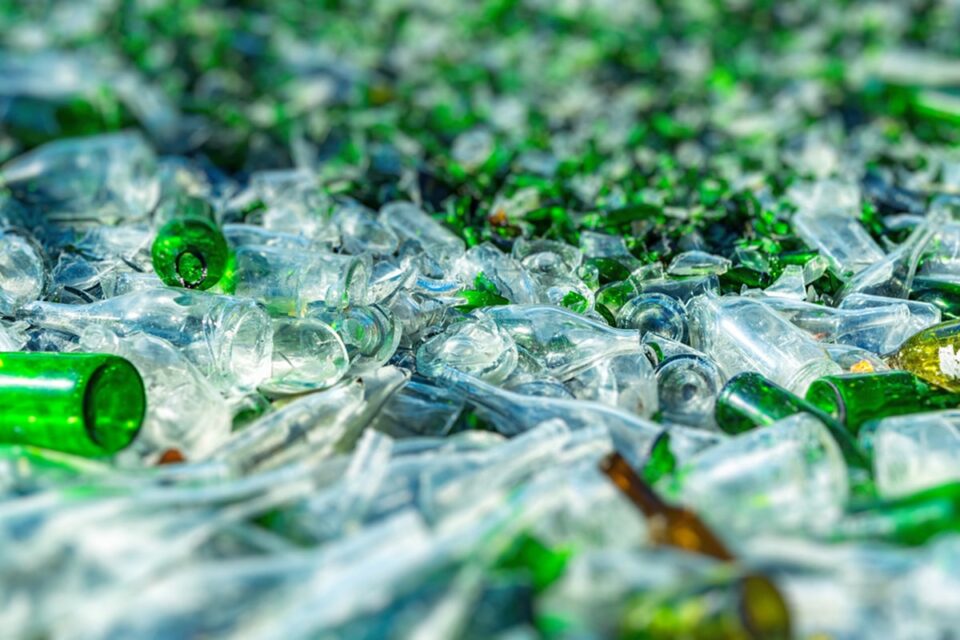A blog about glass and why it’s so important to segregate and recycle it…

Packaging waste and recycling have been high on the environmental agenda for years now and in more recent years specifically items such as coffee cups, straws and cotton buds. Those hard to recycle items that are made up of more than one material. One recyclable item that can be recycled over and over though is glass and it tends to get forgotten about.
You might think that’s because glass is not problematic to the environment, but have you ever stopped to ask the question? Where does glass come from anyway, and where does it go once you throw it away?
The benefits of recycled glass
Recycled glass overcomes many issues particularly related to the production of virgin material. Glass can be recycled infinitely with no loss of quality – in effect, melting glass to make new glass is the same as melting sand. That means fewer natural resources are taken from the environment. In coastal areas where erosion is a concern, that can mean more sand is left on the beach where it belongs, instead of being made into bottles and jars.
Why recycle glass in business waste?
You don’t have to be a pub or restaurant to recycle glass in business waste – although obviously the benefits are multiplied if you routinely create large quantities of glass waste.
Even in an office or other workplace, throwing glass in your general waste is a mistake. Glass is relatively heavy compared with plastic and paper, and it doesn’t crush easily, so you can end up filling your bins faster and paying more by weight. It’s easier than you might think to start recycling glass in business waste, too. You no longer need to separate out different colours of glass as it can be collected in the same 240-litre or 360-litre wheelie bin.
Once at the re-processor, separating the colours, rinsing any residues and crushing the glass ready to be made into something new is straight forward. It’s a 100% closed-loop process where zero glass goes to waste, with all of the benefits listed above.
Are there any good alternatives to glass?
One of the best alternatives to recycled glass is simply reusing glass in its current form. If you can rinse and refill a container, that saves 100% of the energy taken to recycle it. We already do this in our everyday lives with drinking glasses, jugs and bowls, but we could all do more to reuse bottles and jars.
Some other alternatives are getting better in terms of recycling. For example, more cardboard cartons are being made using recyclable materials, whereas in the past they may have had non-recyclable linings.
Bioplastics have potential too, both by using renewable raw materials and by being biodegradable in landfill sites. However, they sometimes use food crops, which raises concerns about the sustainability of food supplies in the future.
Ultimately, glass is currently among the best options for sustainable packaging – and this is especially true of recycled glass, which is why we should all be making sure we recycle glass in business waste and domestic waste alike.